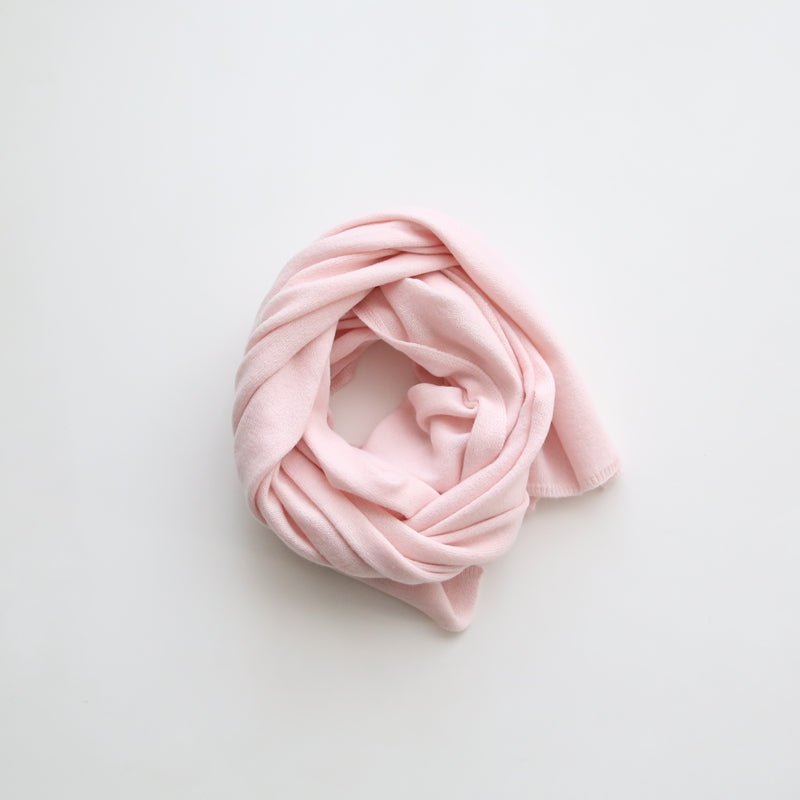
About cashmere
Share
What is cashmere?
Cashmere is a natural fibre, obtained from the undercoat of the Cashmere goat, an animal from the highlands of Asia, used for surviving winters with freezing temperatures. That's why these goats have developed an external fur, long-haired and long-lasting which, whether it’s warm or cold, protects a second layer of coat underneath, made of highly insulating fibres that are very fine and very soft: cashmere.
How to get the cashmere?
There are five basic steps in cashmere production: harvesting, sorting, clipping, spinning and weaving. Harvesting is performed manually with a comb, during the animal's natural seasonal moult, in late spring. Even the sorting and grading of hairs are also always done by hand. After being sub-divided according to different characteristics, the fibres are then washed to remove any dirt, grease and any plant material that remains after harvesting. Its only after passing through these stages that the fibres are ready to be turned into yarn.
As shearing the average goat yields 3 kilos of wool, these special goats supply about 300 grams of pure cashmere per year, which is just the amount needed to produce one simple sweater.
What Does Ply Mean?
Ply is the number of cashmere threads that are twisted together to make the cashmere yarn.
When two threads are twisted together, that is referred to as 2-ply and when three threads are twisted together that is 3-ply etc.
Cashmere is very fine hair so the material is strengthened when twisted together.
What is Gauge?
Gauge refers to the number of stitches or rows per inch and is a measure of how tightly the item is knitted. The lower the gauge number, the heavier the item is and the higher the gauge number, the lighter the item will be.